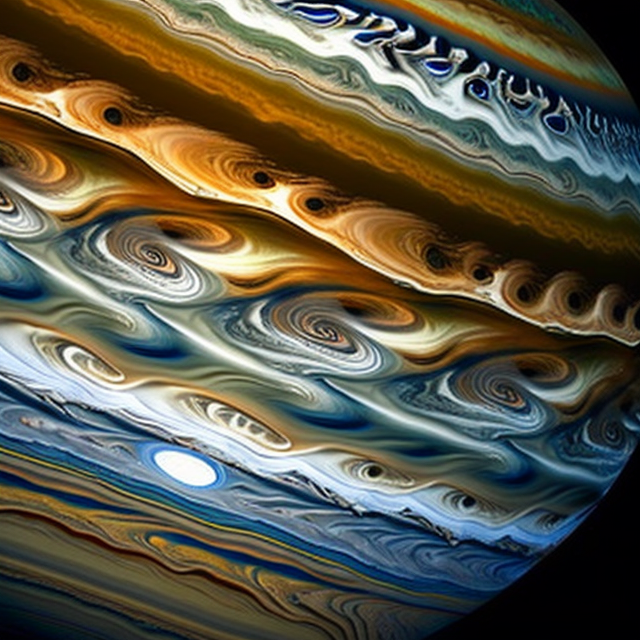|
|
Space Astro
|
Info for exoplanet "Mosgel-hoe"
| Scientific (actual) data |
|---|
| Name | HAT-P-65 b |
| Planet status | Confirmed |
| Planet mass | 0.527 |
| Radius | 1.89 |
| Orbital period | 2.60546 |
| Semi major axis | 0.03951 |
| Orbit eccentricity | 0.3 |
| Inclination | 84.2 |
| Discovered | 2016 |
| Updated | 2016-09-12 |
| Tzero tr | 2456410 |
| Impact parameter | 0.464 |
| K | 68.4 |
| Temperature (kelvin) | 1930 |
| Publication | Published in a refereed paper |
| Detection type | Primary Transit |
| Mass measurement type | Radial Velocity |
| Radius measurement type | Primary Transit |
| Star name | HAT-P-65 |
| Right ascension | 315.9° |
| Declination | 11.99° |
| Mag v | 13.15 |
| Star distance | 841 |
| Star metallicity | 0.1 |
| Star mass | 1.212 |
| Star radius | 1.86 |
| Star age | 5.46 |
| Star temperature | 5835 |
| Wikipedia article | HAT-P-65 b |
Back
| |
| Fictional info (?) |
|---|
| Suggested name | Mosgel-hoe |
| Planet type | Hot gas giant |
| Having almost no atmosphere to retain heat, it has surface temperatures that vary diurnally more than on any other planet in its solar system, ranging from 70°K (-203°C) at night to 700°K (427°C) during the day across the equatorial regions. |
| Atmosphere | Methane | 46% |
| Krypton | 42% |
| Ozone | 8% |
| Carbon monoxide | 2.7% |
| Helium | 0.31% |
| Atmospheric pressure | 90 bar |
 |
| No known satellites |
| Google search for Mosgel-hoe |
|
Website by Joachim Michaelis
|
|
|
|